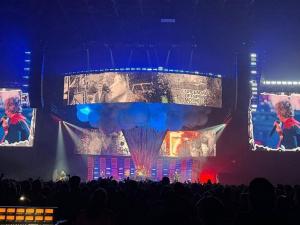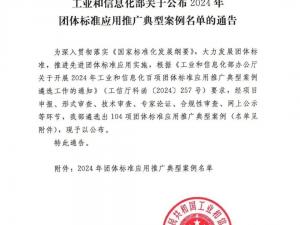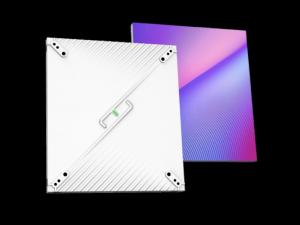Technological challenges in the display industry: The road to correction and innovation for MIP and
- author:
- 2025-06-05 15:03:03
In the development landscape of the display industry, MIP and COB technologies are becoming the core breakthrough directions in the field of small spacing. Relying on their differentiated market positioning, driven by the dual drive of technology iteration and cost optimization, these two technologies jointly promote the accelerated penetration of MLED (Mini/Micro LED) from high-end professional scenarios into the mass consumer market. However, with the miniaturization of pixel spacing and the refinement of chip size, higher integration density and more complex manufacturing processes have made both technologies face challenges that traditional LED displays have not encountered-how to improve product yields while achieving a more efficient production process has become a common focus of the industry.
1. Industry pain points: display defects and upgrade demands for correction technology.
Currently, in the entire chain of MLED screens from production to application, multiple display defects restrict product performance: fluctuations in material stability, positional deviation or poor contact during transfer and placement, Chroma drift after long-term use, etc., may lead to problems such as pits, color blocks, temperature drift, gray scale jumps or uneven black screen ink color in the final picture. These inherent defects have a significant impact on display results, and the limitations of traditional correction systems further exacerbate the industry's dilemma:- Insufficient flexibility: The modules after the entire screen correction cannot be spliced arbitrarily, and position changes may cause color differences;
- Inefficient: It takes more than 30 minutes to correct a 4K screen, which is out of line with large-scale production requirements;
- Single scene adaptation: It is difficult to cope with the correction needs of new display forms such as curved screens and deformed screens.
The market urgently needs a full-link calibration scheme covering" chip sorting, production line correction, and on-site maintenance" to achieve high-precision and efficient full-process management and control.
2. Kallet's correction solution: Full-link innovation and intelligent breakthroughs
As an industry leader, Kallet's new generation correction system has automation + AI as the core, building a solution throughout the entire MLED production cycle:(1) Hardware innovation: scientific collection equipment definition accuracy benchmark
- CCM6000 surface array brightness colorimeter:
This self-developed device is equipped with a 61-megapixel sensor, equipped with professional filters and constant temperature cooling system, which can accurately collect the brightness (error of± 2%) and chromaticity (ΔE<1.5) information of LED lamp beads. Its super-resolution imaging algorithm and subpixel detection technology allow a single photo to identify 8 million lamp beads. It only takes 8 minutes to achieve 4K screen correction, and the efficiency is twice that of traditional solutions.
Core breakthrough: Through the AI visual analysis model, environmental light interference is dynamically eliminated, the correction limit of the" small black room" is broken, and it can operate under regular lighting conditions, significantly improving the flexibility of the production line.
(2) Software empowerment: Intelligent algorithms solve complex scene problems
- Space surface positioning technology:
For three-dimensional curved surfaces such as dome screens and curved screens, Kallet's first spatial positioning algorithm can accurately capture the spatial coordinates of each light point, and combine point-by-point correction technology to eliminate the brightness and chromaticity deviations of the curved surface display. It has been widely used at present. Used in scenarios such as simulation training and commercial immersion experience. - Automated production lines compatible with multiple technologies:
The Mica310 production line calibration system integrates intelligent matching algorithms, which can seamlessly switch calibration tasks of various technical routes such as COB, MIP, SMD, and GOB, with a production capacity of 120 chips/hour (about 140㎡/day). Its cloud platform management system realizes the unique binding of correction data to the light board. No matter where the screen is installed in the world, parameters can be automatically matched to solve the problem of splicing color difference in traditional solutions. - Special ink sorting plan:
In response to the problem of uneven ink color in the black screen state, the Mica 310B ink color sorting system achieves efficient sorting of 220 pieces per hour through high-precision optical detection, ensuring that the screen still maintains a uniform and consistent visual effect in a dark field environment.
3. Industry value: From efficiency improvement to ecological reconstruction
Kallet's technological breakthrough not only solves the brightness correction problem of COB and MIP, but also promotes the display industry to move towards intelligent production:- Data feedback process: By correcting the lamp bead parameters collected during the process, they can be fed back to front-end processes such as die bonding, wire bonding, and fluorescent coating in real time to optimize the production process and reduce the defective rate;
- Double advantages in cost and experience: Efficiency improvements reduce correction costs by more than 50%, and at the same time support splicing at any position and complex scene adaptation, helping the popularization of MLED in consumer markets such as home theaters and commercial large screens;
- Standards Leadership: Its full-link solution provides the industry with a replicable correction paradigm, promoting MLED from customized high-end to large-scale mass market.

With" the dual goals of ultra-high definition" and" low-cost display" technology, Carlett uses" high-precision acquisition, intelligent algorithms, and automated production lines" as the fulcrum to leverage the efficiency revolution in the field of MLED correction. With the deep integration of AI and big data technology, the correction process is shifting from back-end remediation to full-chain optimization. This is not only a key step in the breakthrough of MIP and COB technologies, but will also inject continuous momentum into the upgrading of the entire display industry and promote China occupies a technological highland in global display competition.
TAG:
Guess you want to see it
Popular information
-
CEO of TV IKLAN Group, Indonesia's largest media company, led a delegation to inspect MNLED and the

-
Liard Technology escorts Xinjiang's 70th anniversary celebration with multiple scenes demonstrating

-
BOE's 2025 semi-annual report is eye-catching: revenue and profits are rising, and diversified busin

-
AET Altai shines at InfoComm India 2025, leading a new trend in Indian display technology

-
Aixinwei and BOE join hands to create new glory in intelligent interactive equipment

-
Lehman Optoelectronics COB ultra-high-definition display technology empowers smart coal mines and as

-
Guoxing Optoelectronics won another national patent award, innovation-driven and led the upgrading o

-
Lehman Optoelectronics empowers Xiangtan's urban brain and creates a new chapter in low-carbon smart
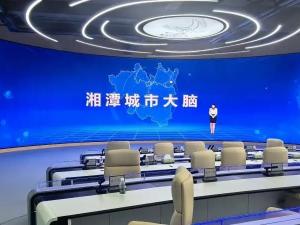
-
BOE Huacan's gallium nitride technology progress reveals, leading new changes in the semiconductor i
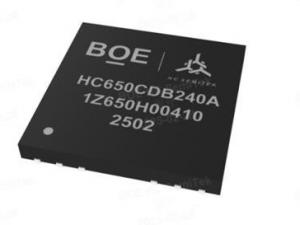
-
Hongli Zhihui and Current Lighting Solutions reach cooperation intention
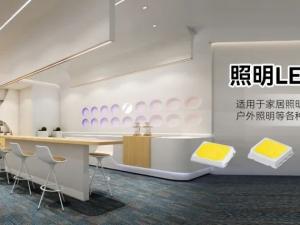
the charts
- CEO of TV IKLAN Group, Indonesia's largest media company, led a delegation to inspect MNLED and the
- Innolux joins hands with Yuantai, TPV and others to introduce large size color electronic paper into
- Xida Electronics signs a strategic cooperation agreement with Changbai Mountain Chixi District Manag
- Liard joins hands with "Three-Body" to open a new era of science fiction drama in China
- Zhaochi Semiconductor joins hands with Li Xing Semiconductor. Want to do big things?
- Zhou Ming joins hands with the Guangdong Basketball Association to produce another masterpiece! The
- ISE2023 Abbison's first exhibition in the new year has received frequent good news, and the immersiv
- Samsung Display and APS "work together" to create 3500ppi Micro OLED
- Zhouming Technology and Perfect World officially reached an educational ecological partnership!
- Longli Technology:Mini-LED has been shipped in batches to some in-vehicle customers, VR customers, e




